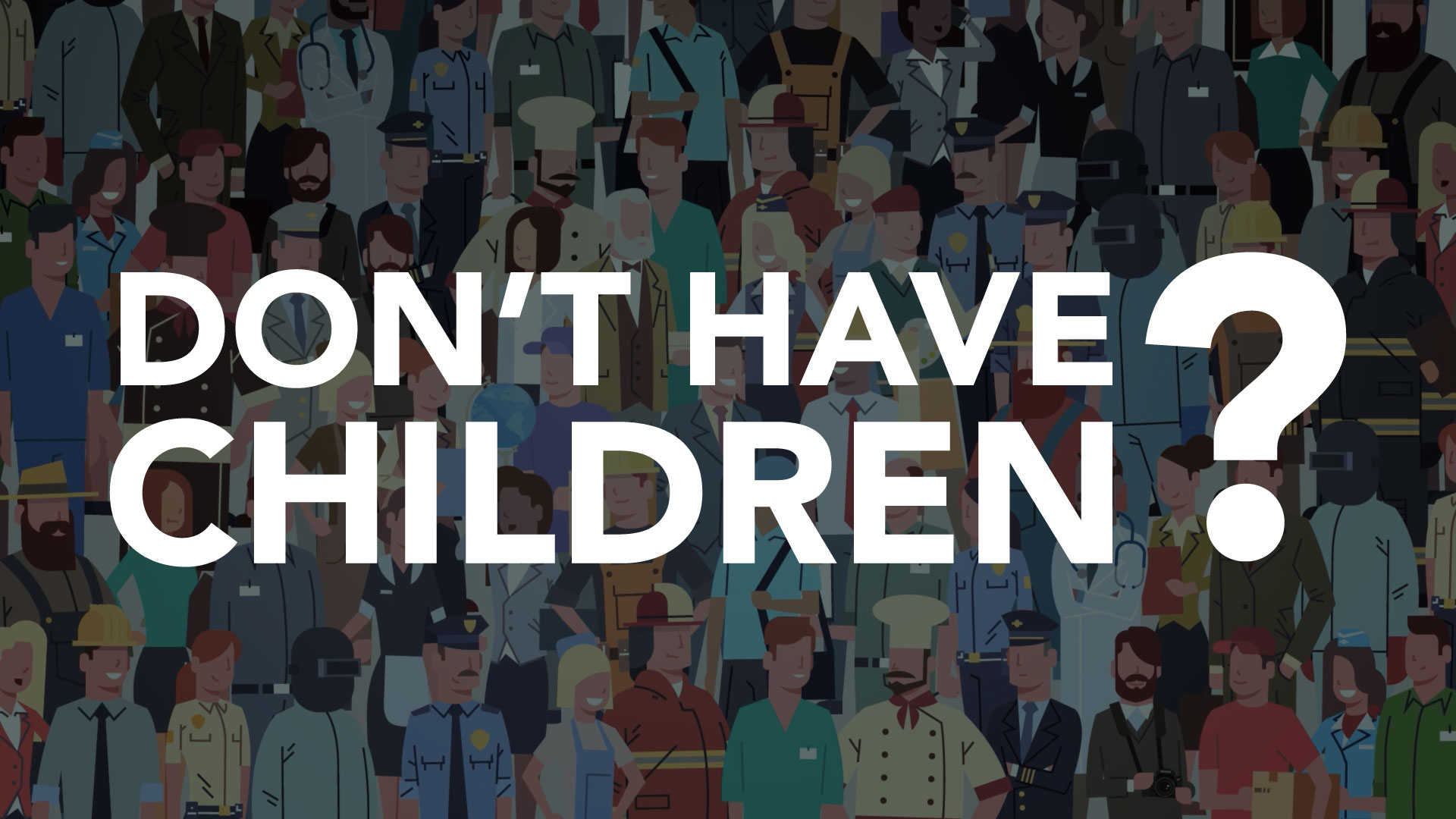You’re in a conversation and someone says, “The earth is overpopulated. At this rate, we’re going to run out of food and resources.”
What would you say?
Panic-stories like this get a lot of attention, but none of Ehrlich’s doomsday predictions came true. No worldwide famine. No catastrophic scarcity of resources. In fact, Ehrlich’s models have been repeatedly debunked.
Nevertheless, the idea that the population is booming at an unsustainable rate still holds the public’s imagination.
So the next time someone says that the earth is overpopulated and we’re all about to starve, remember these three things:
1. There’s plenty of food and natural resources to go around.
2. The population is not locked into a pattern of exponential growth.
3. There are actually too few people on earth to sustain countries’ economies and the global standard of living.
You’re in a conversation and someone says, “The earth is overpopulated. At this rate, we’re going to run out of food and resources.” What would you say? In 1968, in his book “The Population Bomb,” Stanford biologist Paul Ehrlich told readers that within the next few decades “hundreds of millions of people are going to starve to death.” Because humans reproduce like rabbits, Ehrlich said, there would not be enough food or natural resources to go around. He also said that it was too late to do anything about it. Panic-stories like this get a lot of attention, but none of Ehrlich’s doomsday predictions came true. No worldwide famine. No catastrophic scarcity of resources. In fact, Ehrlich’s models have been repeatedly debunked. Nevertheless, the idea that the population is booming at an unsustainable rate still holds the public’s imagination. The next time you hear there’s too many people on the planet, here are three things to remember: Number 1: There’s plenty of food and natural resources to go around. There are 7.4 billion people in the world. In 2012 alone, enough food was produced to feed 10 billion people. That’s 35% higher than the current population, and it’s likely that 10 billion people is more than the global population will peak. We’re even more efficient today at producing food than we were in 2012, and we’ll probably only get better. Ehrlich failed to predict advances in human engineering and innovation. He had no idea, for example, that Nobel Laureate Norman Borlaug would pioneer technologies that improved seeds, fertilizers, and irrigation that helped feed up to a billion people. In fact, when it comes to global hunger, the problem isn’t a lack of food resources. The challenge is getting those resources where they need to be. Ehrlich predicted that we’d suffer shortages in other natural resources too, but we’ve only improved our ability to explore, refine, and transport resources. Ehrlich was so wrong, in fact, he even lost a few public bets. Human ingenuity has solved problems of resource shortages again and again. The second thing to remember is this: The population is not locked into a pattern of exponential growth. There has been a spike in population growth in the last century, but that doesn’t mean it will keep spiking. Population growth models describe 4 stages in population development. In Stage 1, people had a lot of kids, but the death rate was so high and overall life expectancy so low, the population remained relatively balanced. For example, think of 17th century Europe, with bad hygiene, limited access to resources, recurring wars, and less advanced medical practices. As living conditions improved and advances were made in medicine and technology, people began to live longer, and the population grew. That was Stage 2. In Stage 3, people were less worried that children would die before reaching adulthood. So, they had fewer children. As a result, population growth slowed down again. Eventually, a balance emerged as fewer people died and fewer people were born. That is Stage 4, which is the stage that many countries are in today. But now, countries are transitioning to an unprecedented new stage. Stage 5 is marked by high life expectancy, but low birth rates. This could soon have alarming consequences. In Japan, for example, the fertility rate has been below replacement level since 1970. Consequently, there aren’t enough children or extended families to care for their elderly population. The situation has grown so desperate that a significant number of senior women are committing petty crimes like shoplifting in order to go to prison. At least there, they’ll have people to talk to, work to do, and will be cared for. Which leads to a third thing to know: In many countries around the world, there are actually too few people to sustain economies and the overall global standard of living. Nearly every country in the developed world today has birth rates below replacement level. There’s not going to be enough workers to keep their economies going. Aware of this danger, many countries in Europe have tried to incentivize their citizens to have more children. In Hungary, for example, women with four or more children are exempt from income tax for life. Other countries have looked to immigration to secure their working-age numbers. Their concern is well-grounded. Without enough workers to support our economies, we’ll face a very different kind of life. Living conditions vary across the world, but standards of living across the globe have universally risen because of thriving economies. A decline in population levels threatens that. This is why China is rolling back their oppressive one-child policy. They’ve realized the economic realities they face, and they’re trying – though largely failing – to engineer a baby boom. China has realized that it will grow old before it grows rich. Humanity is always just one generation away from a disastrous people-shortage. We’re not on the brink of a population bomb. In fact, we may be on the brink of a population bust. So the next time someone says that the earth is overpopulated and we’re all about to starve, remember these three things: Number 1: There’s plenty of food and natural resources to go around. Number 2: The population is not locked into a pattern of exponential growth. Number 3: There are actually too few people on earth to sustain countries’ economies and the global standard of living.
For more on yearly food production and distribution, see: https://foodfirst.org/publication/we-already-grow-enough-food-for-10-billion-people-and-still-cant-end-hunger/
For more on Japan’s prisons serving as havens for their elderly women, see: https://www.bloomberg.com/news/features/2018-03-16/japan-s-prisons-are-a-haven-for-elderly-women
For more on the tax cut for mothers in Hungary, see: https://www.washingtonpost.com/world/europe/hungary-is-so-desperate-for-kids-mothers-of-four-wont-pay-income-tax/2019/02/11/04701764-2e01-11e9-ac6c-14eea99d5e24_story.html
For more on China’s population control policies, see: https://www.theguardian.com/world/2019/mar/02/china-population-control-two-child-policy
For more on China’s economic situation resulting from their population control efforts, see: https://www.economist.com/finance-and-economics/2019/10/31/chinas-median-age-will-soon-overtake-americas





